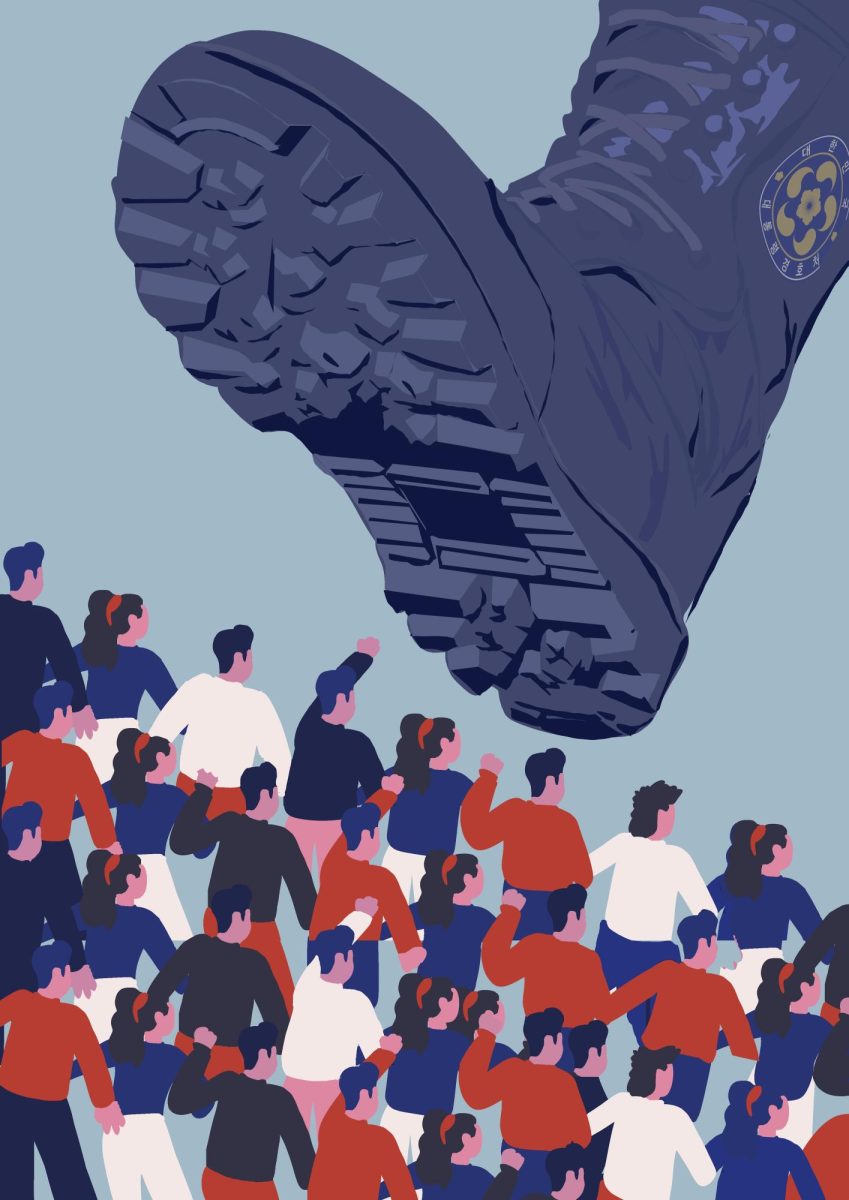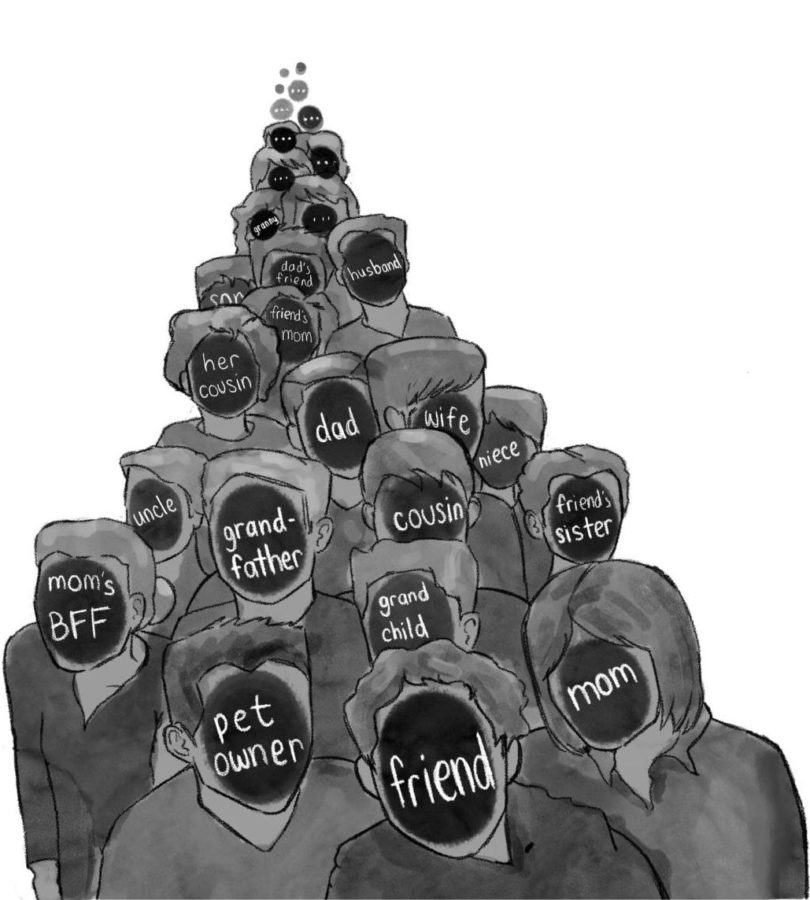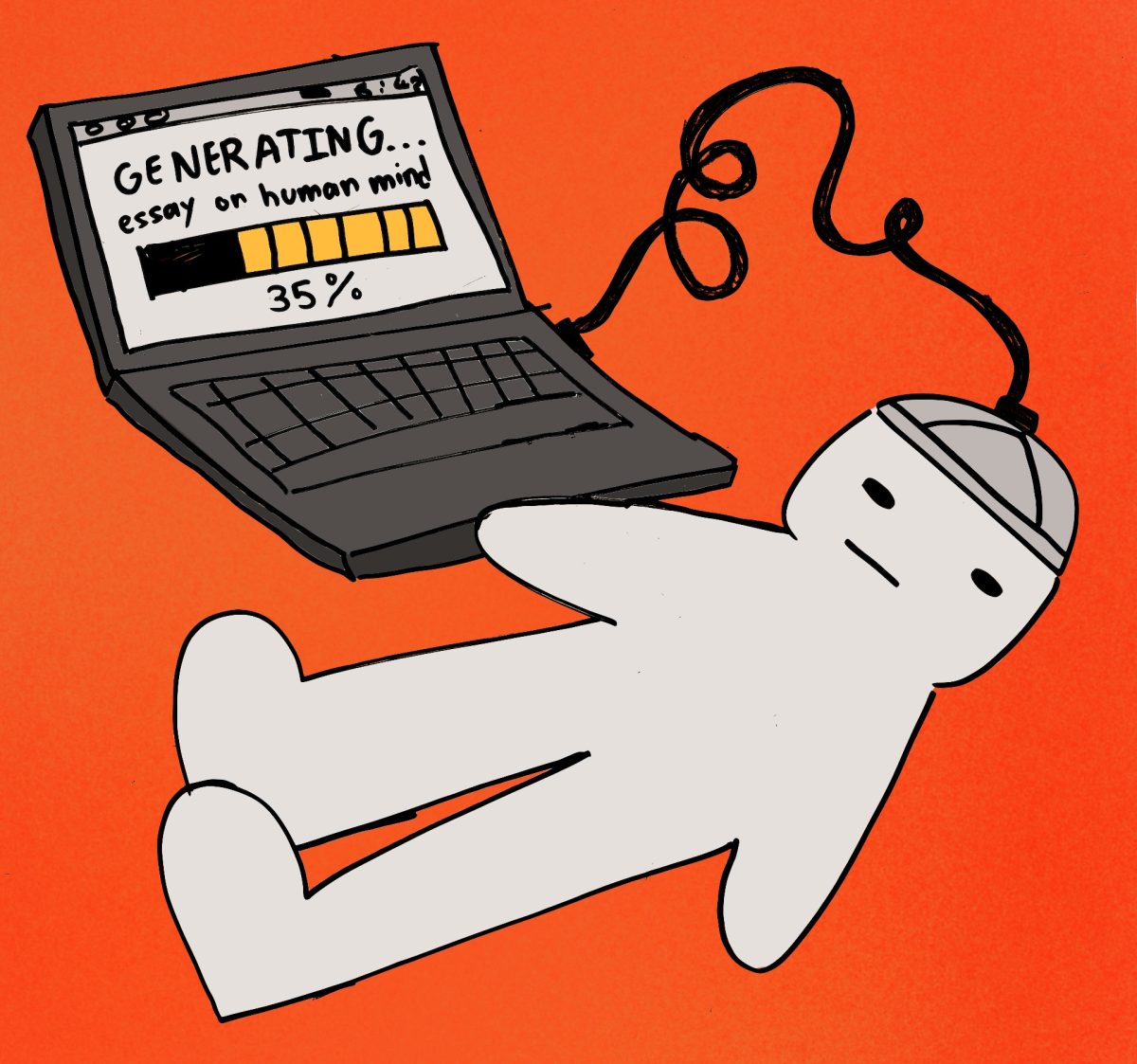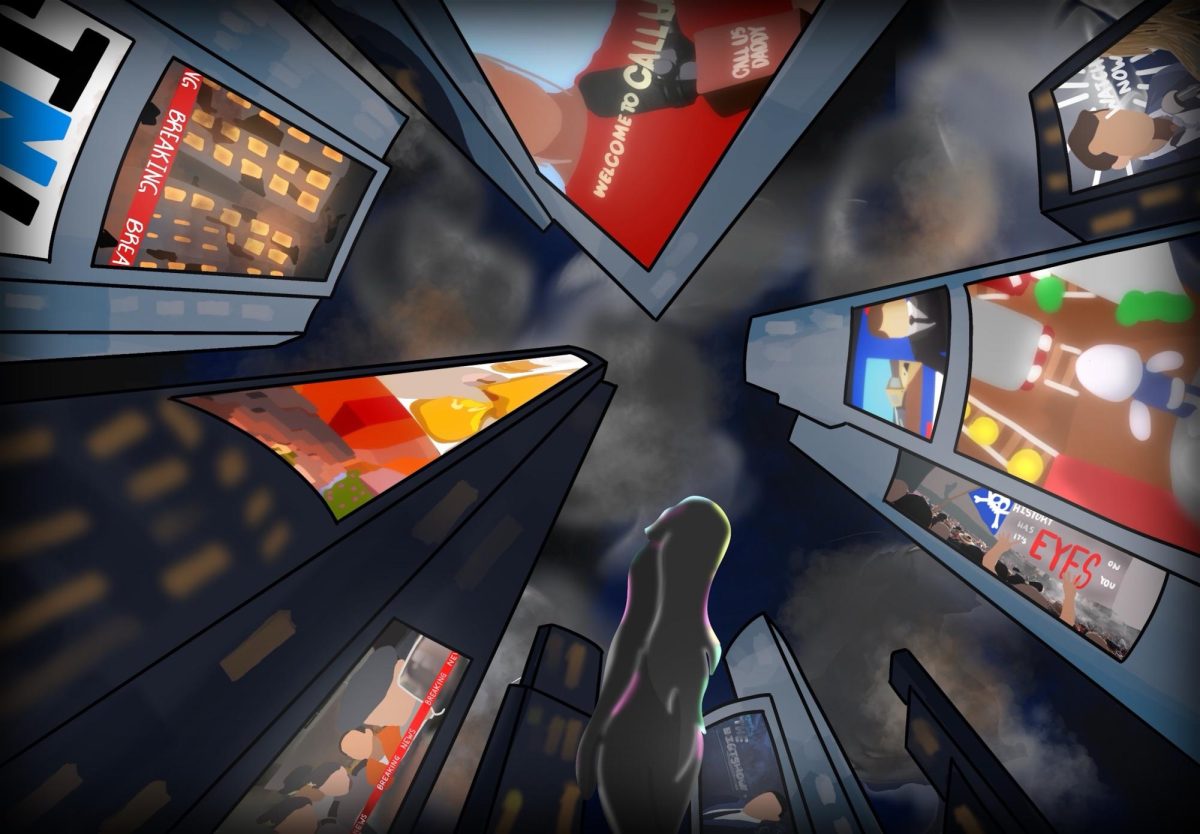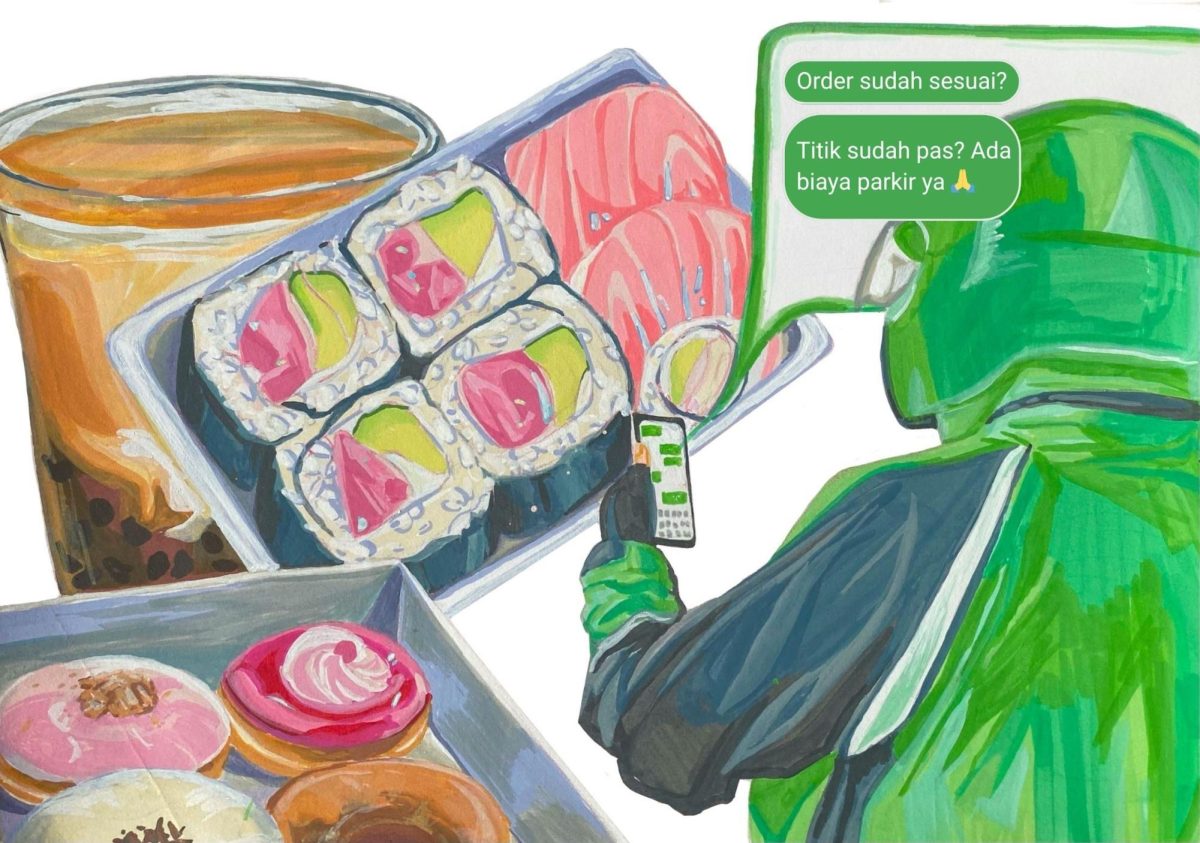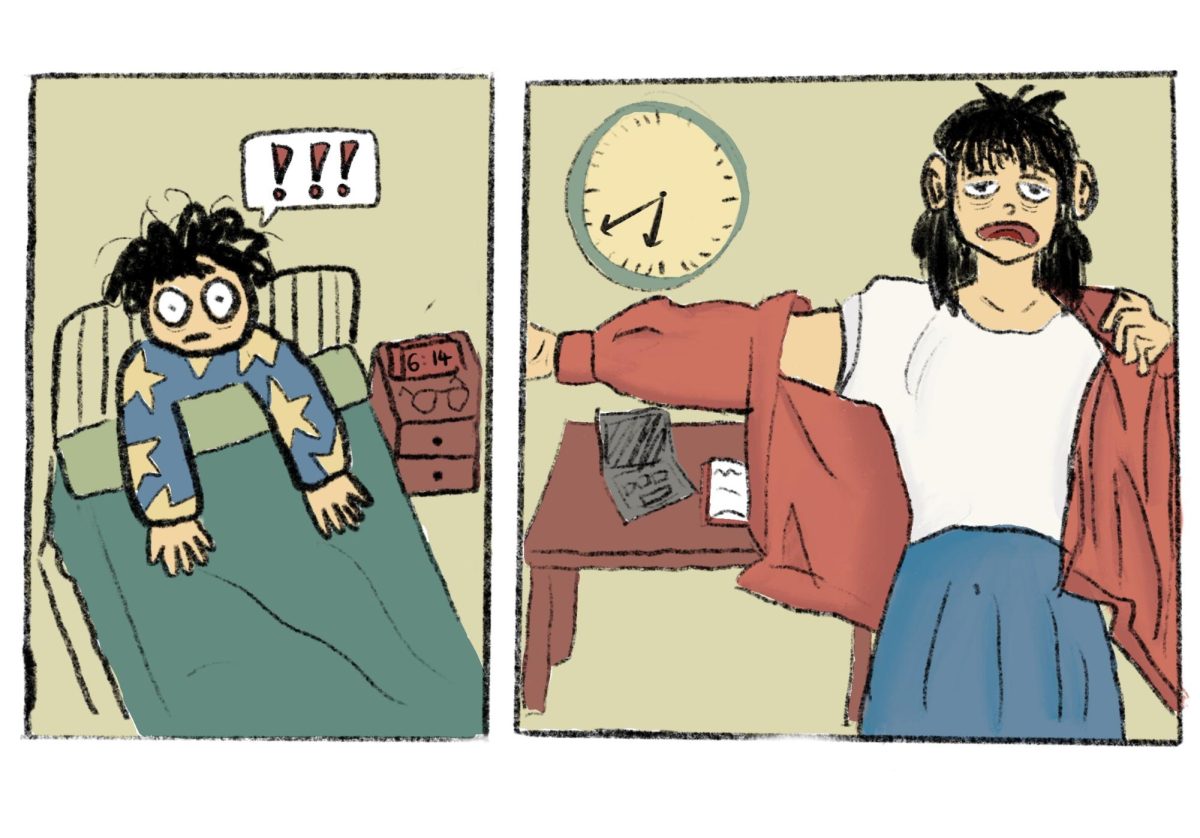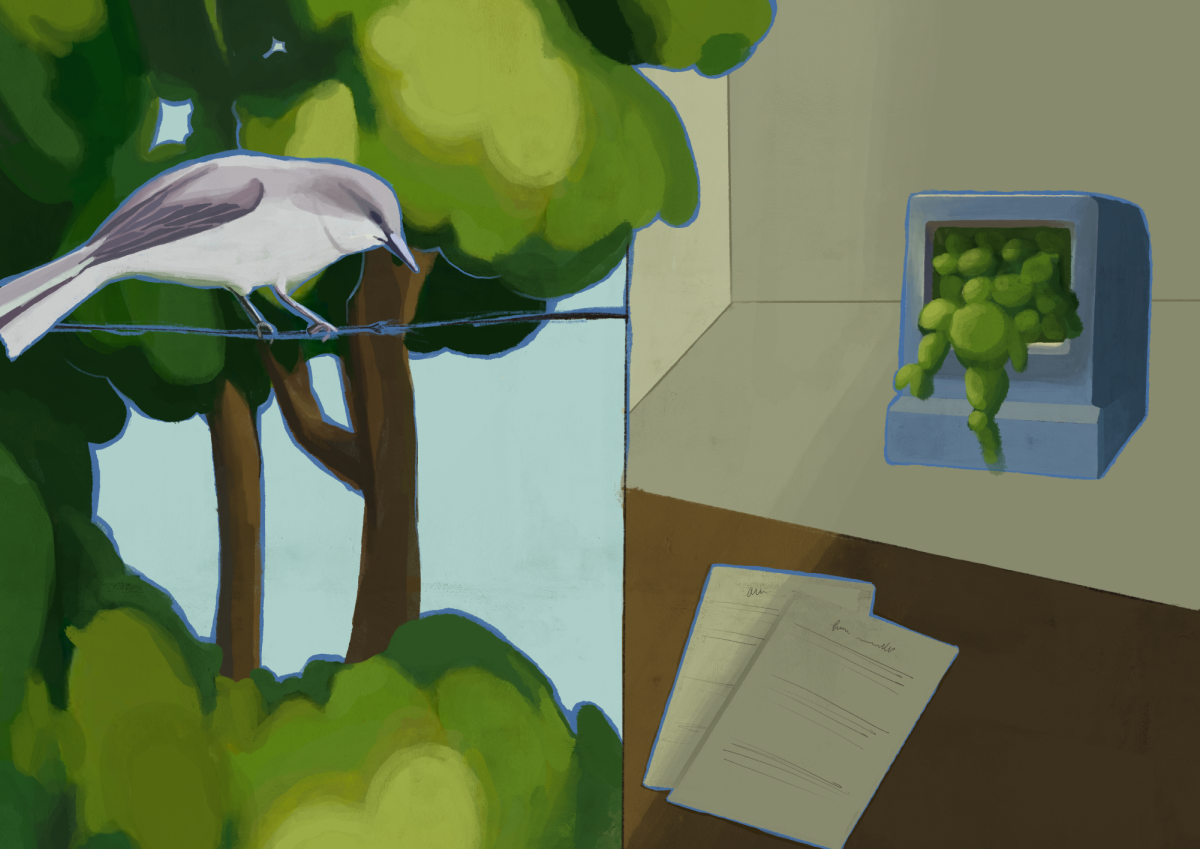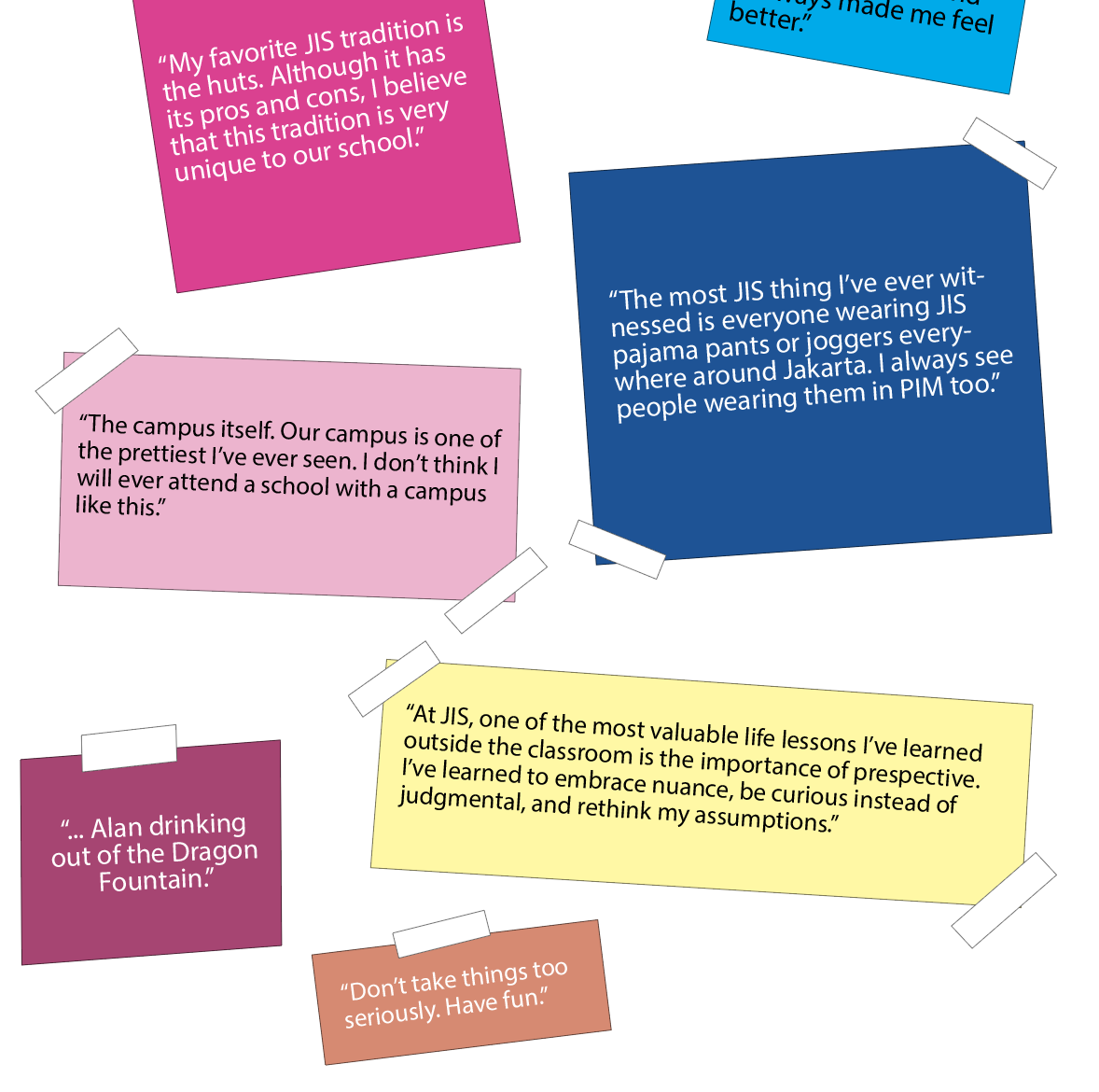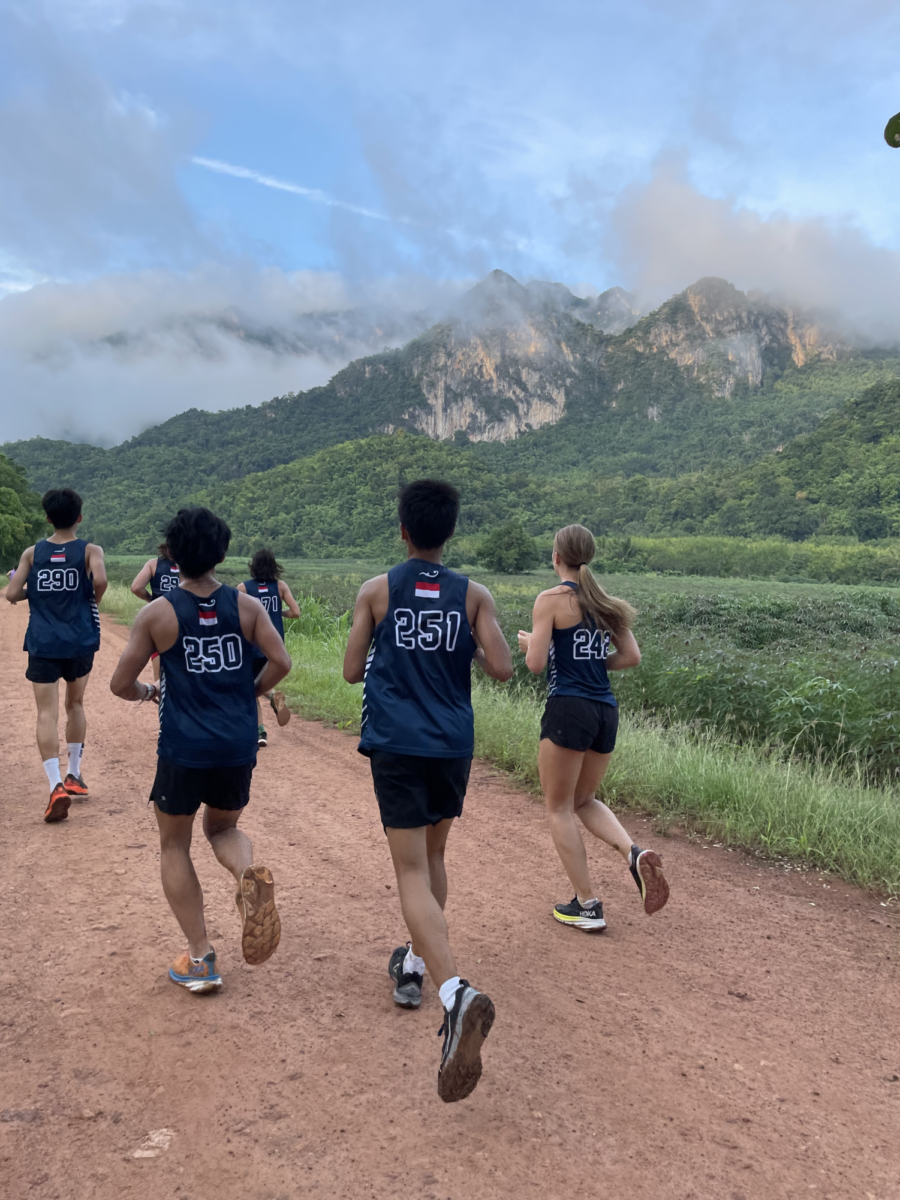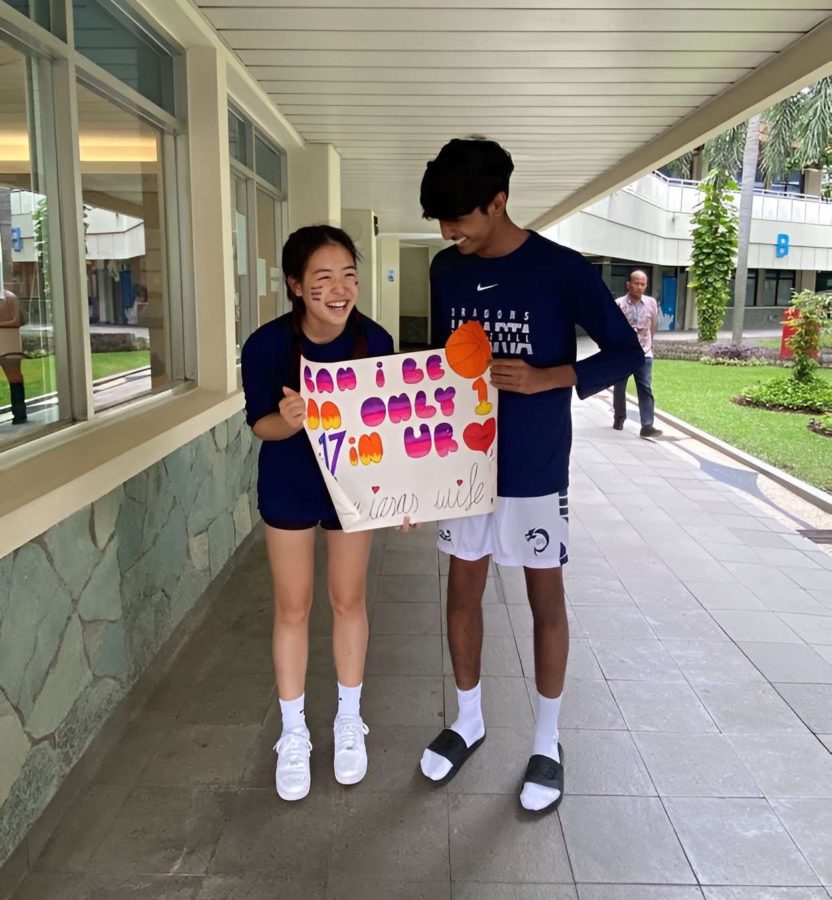At noon on any given school day, a swarm of motorbikes weave into the Terogong gate, bags of steaming noodles, iced coffees, and fast food stacked high, ready to feed hungry JIS high schoolers. From quelling lunchtime cravings to supplying class potlucks, many across the high school find these online delivery services a staple part of their daily life.
COMMUNITY AND CULTURE
Ojek (motorcycle taxis) have long shaped everyday mobility in Indonesia. When companies such as Gojek and Grab digitized that network, food options became more accessible than ever. In a city built on two wheels and busy traffic routes, delivery slips naturally into daily life—transforming a convenience into a habit.
Over the past few years, the usage of online meal deliveries within our community has undergone several phases.
As students returned to campus following the COVID-19 pandemic, food options in the Wantilan and Aspretto Café were limited due to health protocols; thus, students turned to online food delivery services.
“At one point, there were over 100 deliveries during lunch,” Dr. Lovelin, the deputy head of school, stated.
Over time, these deliveries became embedded in student life, remaining an integral fixture of campus culture even after on-site dining had reopened.
EMERGING CONCERNS
However, this sudden surge in students and faculty ordering food externally has resulted in several concerns.
For instance, the new and overwhelming responsibilities of the security guards stationed at Terogong. Duties that once limited to standard tasks now include receiving dozens of food bags at once, writing the names of customers directly on each package, and ensuring that orders are organized and easily retrievable when students arrive. This shift, in turn, redirects the attention of the security guards.
“Each lunchtime we have to manage up to 50 orders,” stated Terogong security officer Pak Arif.
Additionally, sustainability has emerged as another pressing concern. The stream of food deliveries conflicts with various environmental commitments.
“The food orders are delivered on a motorbike, wrapped in plastic—it doesn’t really align with our sustainability goals,” said Dr. Lovelin.
However, attempts to restrict deliveries soon revealed another challenge: enforcement. Even after on-campus dining gradually reopened, students continued to order food online, making the ban difficult to enforce. The persistence of these habits underscores how deeply delivery culture has become embedded in student life.
CHOICE, COST, AND EFFICIENCY
While the number of deliveries has decreased, online deliveries continue to play an significant role in the community, with over 52% of students placing orders at least once a week. With just a few taps on an app, students can access a vast array of restaurants, food stalls, and independent vendors across Jakarta— options that go beyond what is available on campus.
“You can get anything and the best of whatever you want,” one student explained.
Furthermore, many students view outside food as cost-effective, despite the additional fees that come with deliveries.
One student noted, “When you order food, you [often] get discounts, so it usually ends up being the same price.” This combination of variety and affordability makes delivery a practical alternative to on-campus dining.
Another practical advantage of delivery lies in its efficiency. As one student complained, “The lines at the cafeterias and the cafes are so long.”
With some students having up to three lunch meetings per week, the ability to have food arrive directly— without the added pressure of queueing—becomes a valuable convenience.
Ultimately, food delivery has become a valued part of student life, offering variety, affordability, and efficiency that complement oncampus dining. Its continued popularity highlights how deeply it supports the daily routines and choices of the community.
FINDING BALANCE
Simultaneously, these situations highlighted the broader tension facing the school—how to balance competing priorities of sustainability, operational logistics, and individual student choice in a way that feels both practical and equitable.
Recognizing that food deliveries have become a staple of student life, the school eventually chose to manage the flow rather than resist it.
New spaces, such as the Kumpul Cafe alongside the return of Sodexo and Aspretto Cafe, have broadened the range of options available, offering varying cuisines that aim to fill the gaps that online food delivery services fulfill.
Yet, this convenience would not exist without the overlooked dedication of the Terogong security guards and the delivery drivers who make it happen every day.
While the future of online food delivery is unknown, one thing we can continue to do is offer gratitude—whether through a “terima kasih,” a tip, or even by ordering extra food for your delivery driver. These actions go beyond a common courtesy, they help us acknowledge that behind every order lies the effort of many that makes delivery culture possible.

